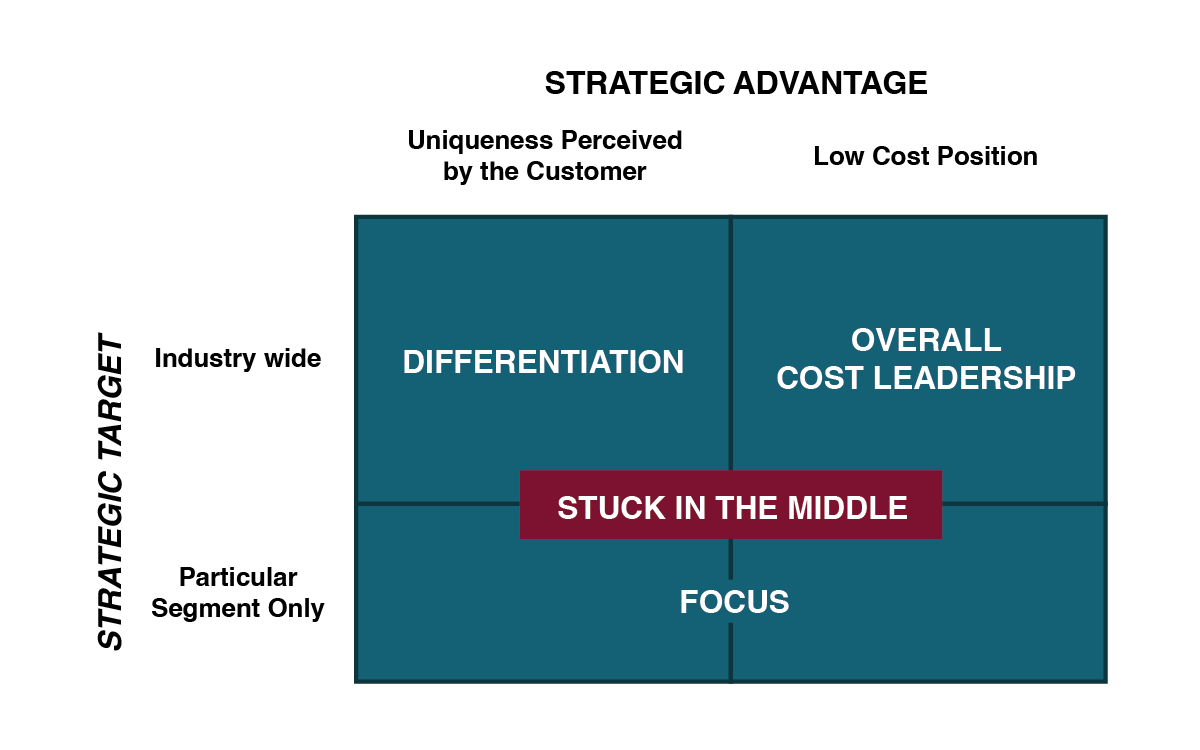2.4. Competitive Advantage

A firm is described as having a competitive advantage when it successfully attracts more customers, earns more profit, or returns more value to its shareholders than rival firms do. A firm achieves a competitive advantage by adding value to its products and services or reducing its own costs more effectively than its rivals in the industry. Companies strive for sustainable competitive advantage. The goal is easy to state, but hard to achieve. The world is so dynamic, with new products and new competitors rising seemingly overnight, that truly sustainable advantage might seem like an impossibility. New competitors and copycat products create a race to cut costs, cut prices, and increase features that may benefit consumers but erode profits industry-wide. Nowhere is this balance more difficult than when competition involves technology. The fundamental strategic question is, “How can I possibly compete when everyone can copy my technology and the competition is just a click away?” Put that way, the pursuit of sustainable competitive advantage seems like a lost cause, but it can also be an opportunity. Being aware of major sources of competitive advantage can help managers recognize an organization’s opportunities and vulnerabilities and build a strategy.
Business-level strategy is the general way that a business organizes its activities to compete against rivals in its product’s industry. Michael Porter, a professor at Harvard Business School and one of the foremost scholars in business strategy, defined three generic business-level strategies that outline the basic methods of organizing to compete in a product market. A strategic information system is designed specifically to align with and implement a competitive organizational strategy. A strategic information system attempts to do one or more of the following:
- Deliver a product or a service at a lower cost;
- Deliver a product or service that is differentiated;
- Help an organization focus on a specific market segment;
- Enable innovation.

“8.6 Competition, Strategy, and Competitive Advantage” from Principles of Management by OpenStax is licensed under Creative Commons Attribution 4.0 License
“Chapter 7: Does IT Matter? “ from Information Systems for Business and Beyond (2019) by David Bourgeois is licensed under a Creative Commons Attribution-NonCommercial 4.0 International License, except where otherwise noted.

